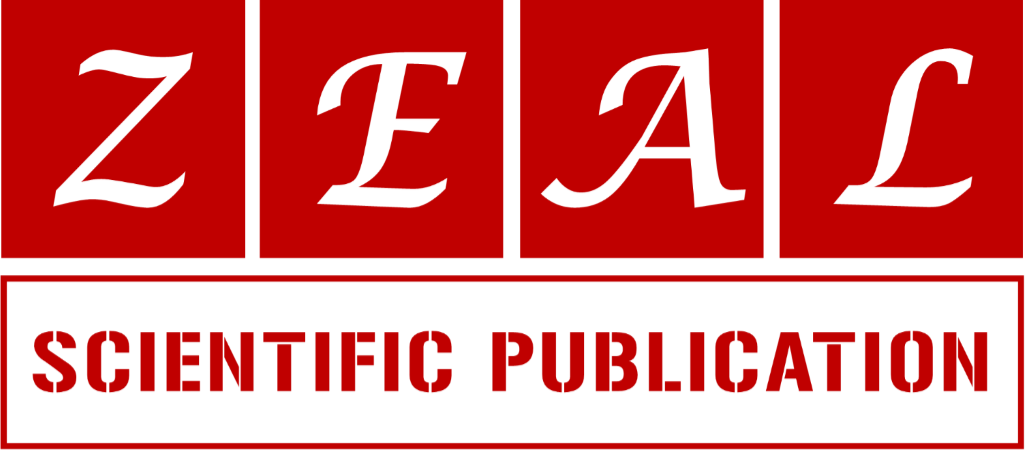Activity concentration, transfer factor and radiological health risk assessment of natural radionuclides in soil and maize in oil producing areas in Akwa Ibom state, Nigeria
1 Department of Physics, University of Uyo, Uyo, Akwa Ibom State, Nigeria.
2 Department of Botany and Ecological Studies, University of Uyo, Uyo, Akwa Ibom State, Nigeria.
3 Department of Chemistry, University of Uyo, Uyo, Akwa Ibom State, Nigeria.
4 Department of Physics, Federal University of Technology, Ikot Abasi, Akwa Ibom State, Nigeria.
Research Article
World Journal of Advanced Science and Technology, 2024, 05(01), 001–010.
Article DOI: 10.53346/wjast.2024.5.1.0074
Publication history:
Received on 22 November 2023; revised on 16 January 2024; accepted on 19 January 2024
Abstract:
The activity concentration (AC) of 238U, 232Th, 40K of soil and maize in oil producing areas has been studied. Also studied are the transfer factor (TF) from soil to maize and the radiological health risk associated with consumption of maize. The equipment used was the Sodium Iodide-Thallium (NaI(TI)) detector. The mean activity concentration (AC) (Bqkg-1) of 238U, 232Th, 40K in soil are 12.77±0.25, 41.36±0.70 and 458.61±8.04 while that of maize are 14.36±0.27, 19.23±0.46 and 425.25±7.87 respectively. Transfer factor (TF) from soil to maize of 238U, 232Th and 40K are 1.14, 0.50 and 0.94 correspondingly. Other useful results obtained in this research include the Radium Equivalent (Raeq), Absorbed Dose Rate (ADR), Annual Effective Dose (AED) and Excess Lifetime Cancer Risk (ELCR) as 74.59 Bq/kg, 37.14 nGy/h, 0.05 mSv/y and 0.16 respectively. The average values of soil activity concentration from the oil producing areas are within world permissible limits given by UNSCEAR (2000) as 420 Bqkg-1 for 40K, 33 Bqkg-1 for 238U and 45 Bqkg-1 for 232Th. However, 238U and 232Th from maize activity concentration are far higher than world permissible limits of 0.02 Bqkg-1 and 0.003 Bqkg-1 respectively. The mean value of the radiological hazard indices was below the WMPV given as 370 Bq/kg for Raeq, 59 nGy/h for ADR, 1 mSv/y for AED and 0.29×10-3 for ELCR. This clearly shows that radiation doses exposed to Akwa Ibomites through the consumption of maize cultivated in this area poses very little to no effect to their health as only about 16 out of every 100,000 persons may likely have cancer fatality in their time.
Keywords:
Soil; Maize; Activity Concentration; Transfer Factors; Radionuclides; Excess Lifetime Cancer Risk
Full text article in PDF:
Copyright information:
Copyright © 2024 Author(s) retain the copyright of this article. This article is published under the terms of the Creative Commons Attribution Liscense 4.0
